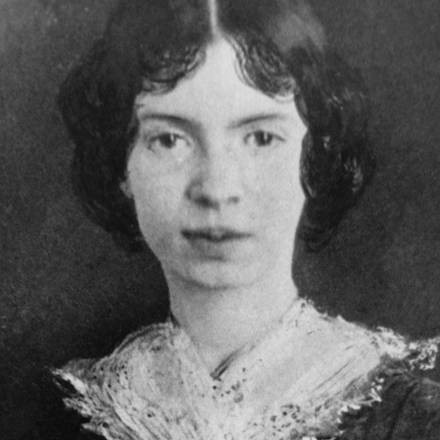Che sia l'amore tutto ciò che esiste E.Dickinson

Cari lettori oggi ho voluto dedicare il mio tempo ad una grande scrittrice e poestessa, Emily Dickinson...
Scopriamola insieme...
Il linguaggio di Emily Dickinson è stato semplice e brillante, sia in poesia, sia in prosa. L'opera poetica della Dickinson tratta temi sulla natura,sull'amore e sulla morte. Nell'insieme, le sue liriche racchiudono una profonda angoscia esistenziale, nelle sue poesie riflette e coglie non solo i piccoli momenti di vita quotidiana, ma anche i temi e le battaglie più importanti che coinvolgevano il resto della società.
Più della metà delle sue poesie fu scritta durante gli anni della guerra di secessione americana.
Il suo amore per la natura (per esempio per la neve, gli alberi, l'acqua, gli uccelli) traspare da tutte le sue poesie, sebbene un ultro tema molto ricorrente sia la morte.
Una poesia in particolare mi piace ricordare con voi:
CHE SIA L'AMORE TUTTO CIO' CHE ESISTE
Che sia l'amore tutto ciò che esiste
È ciò che noi sappiamo dell'amore;
E può bastare che il suo peso sia
Uguale al solco che lascia nel cuore.